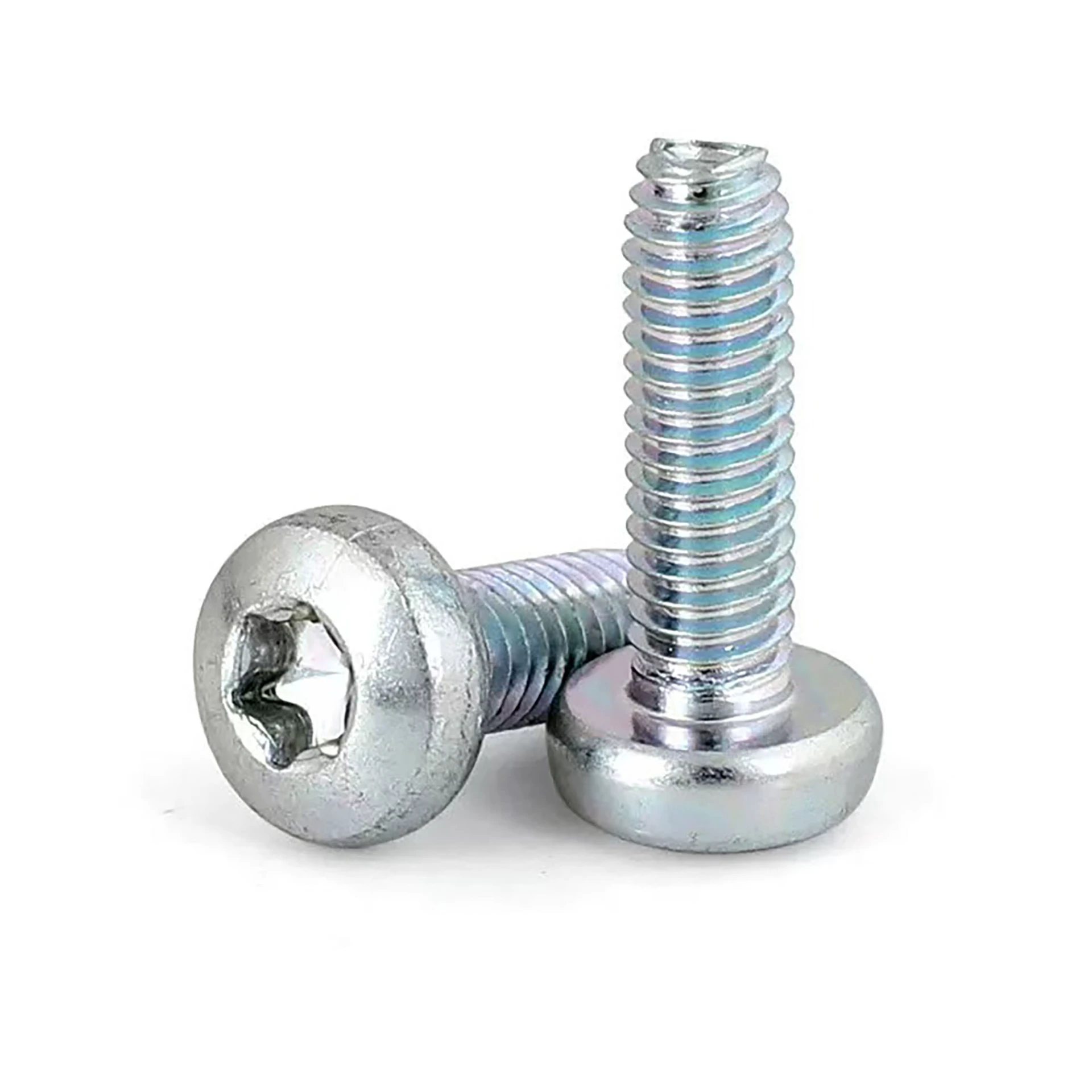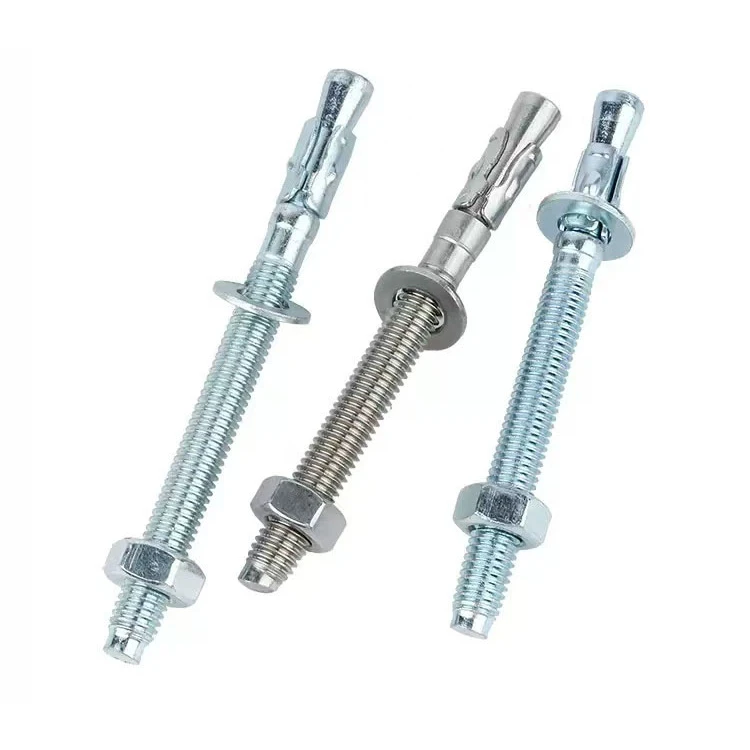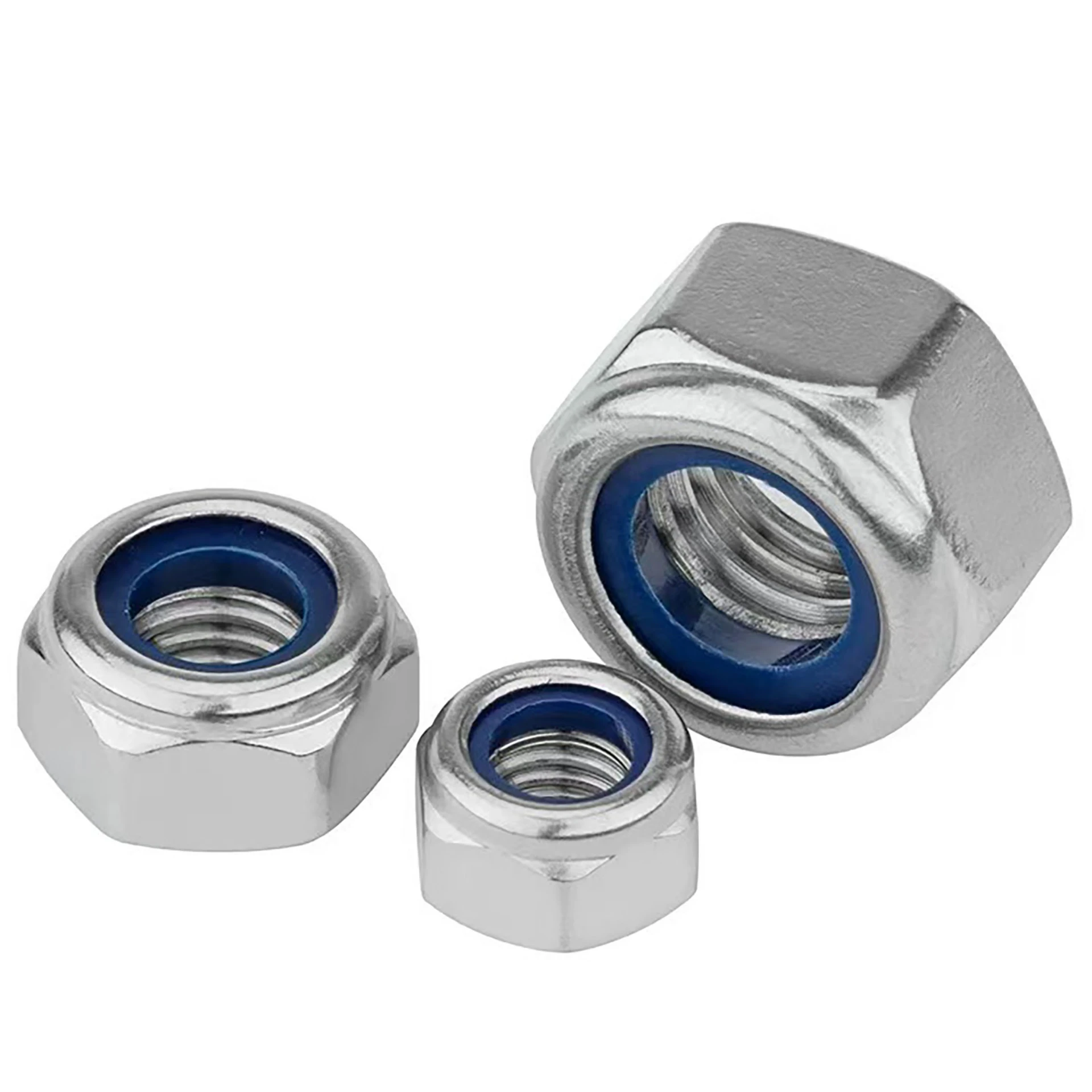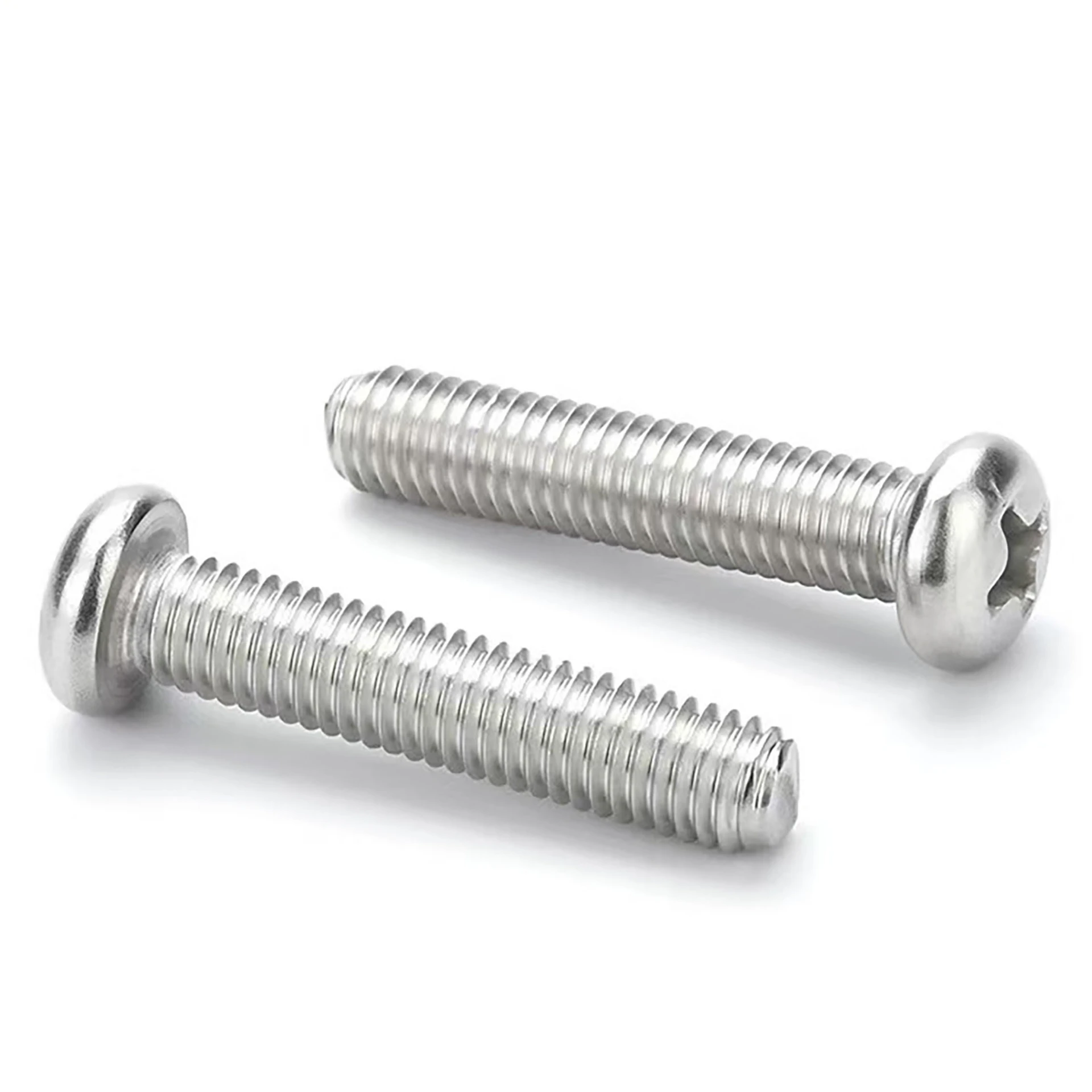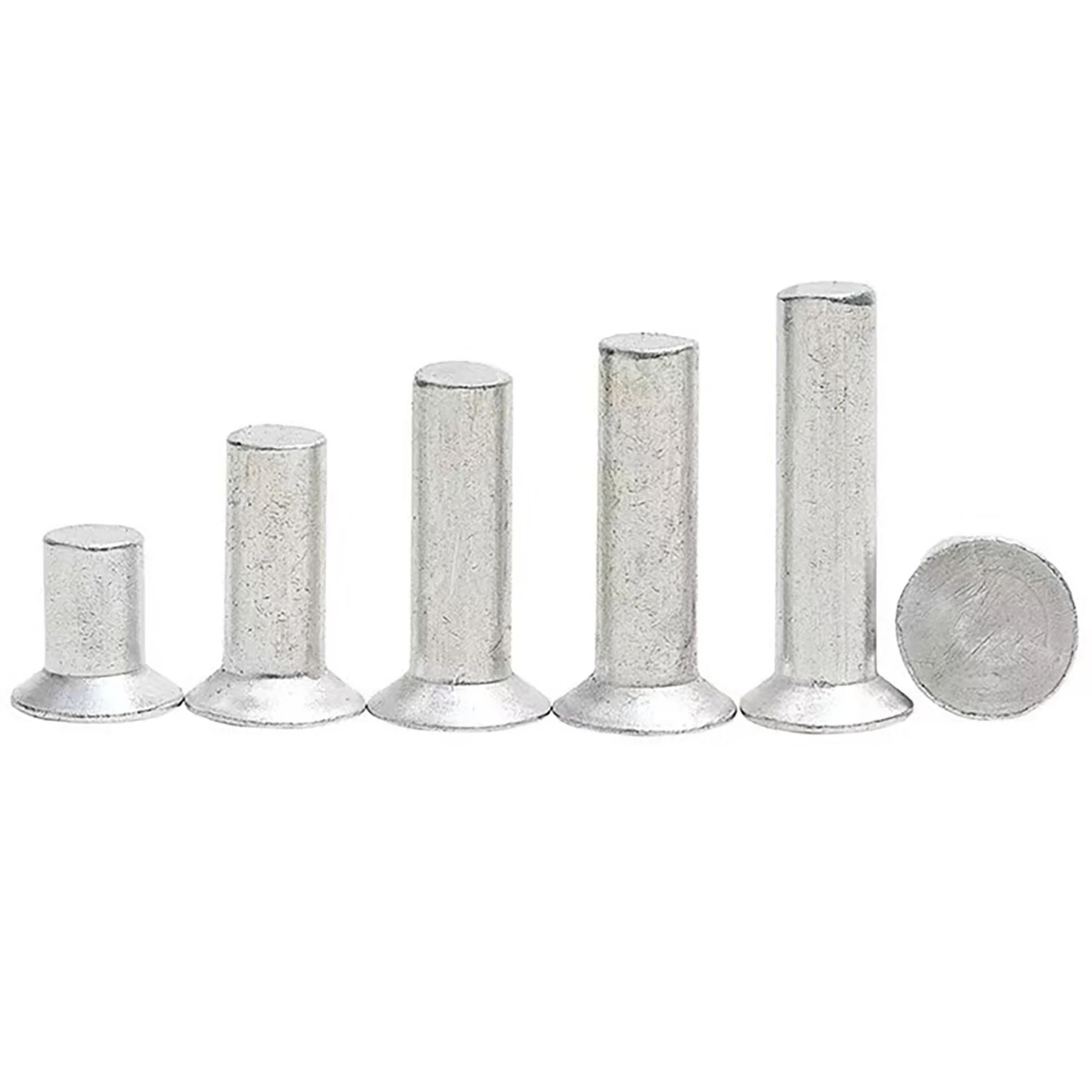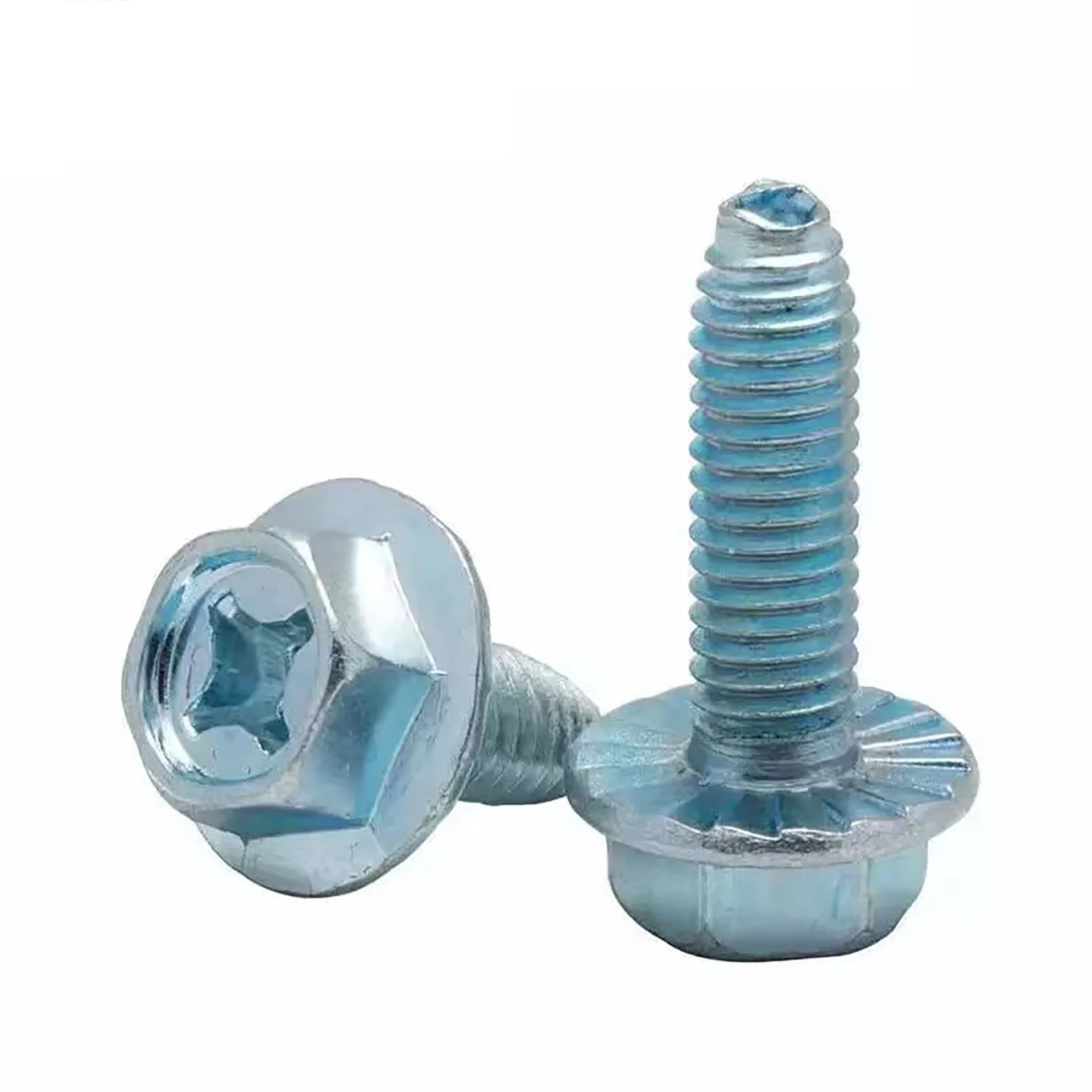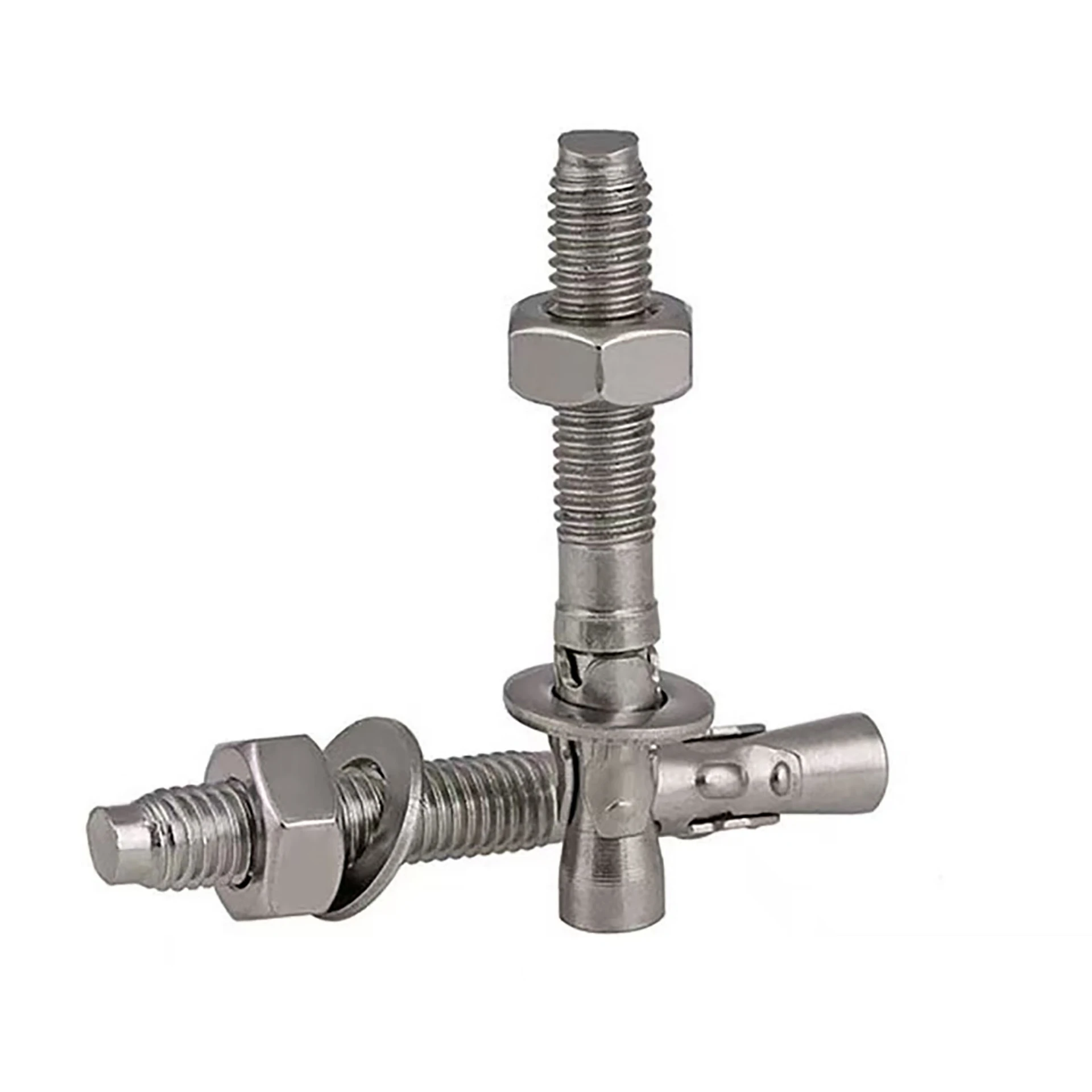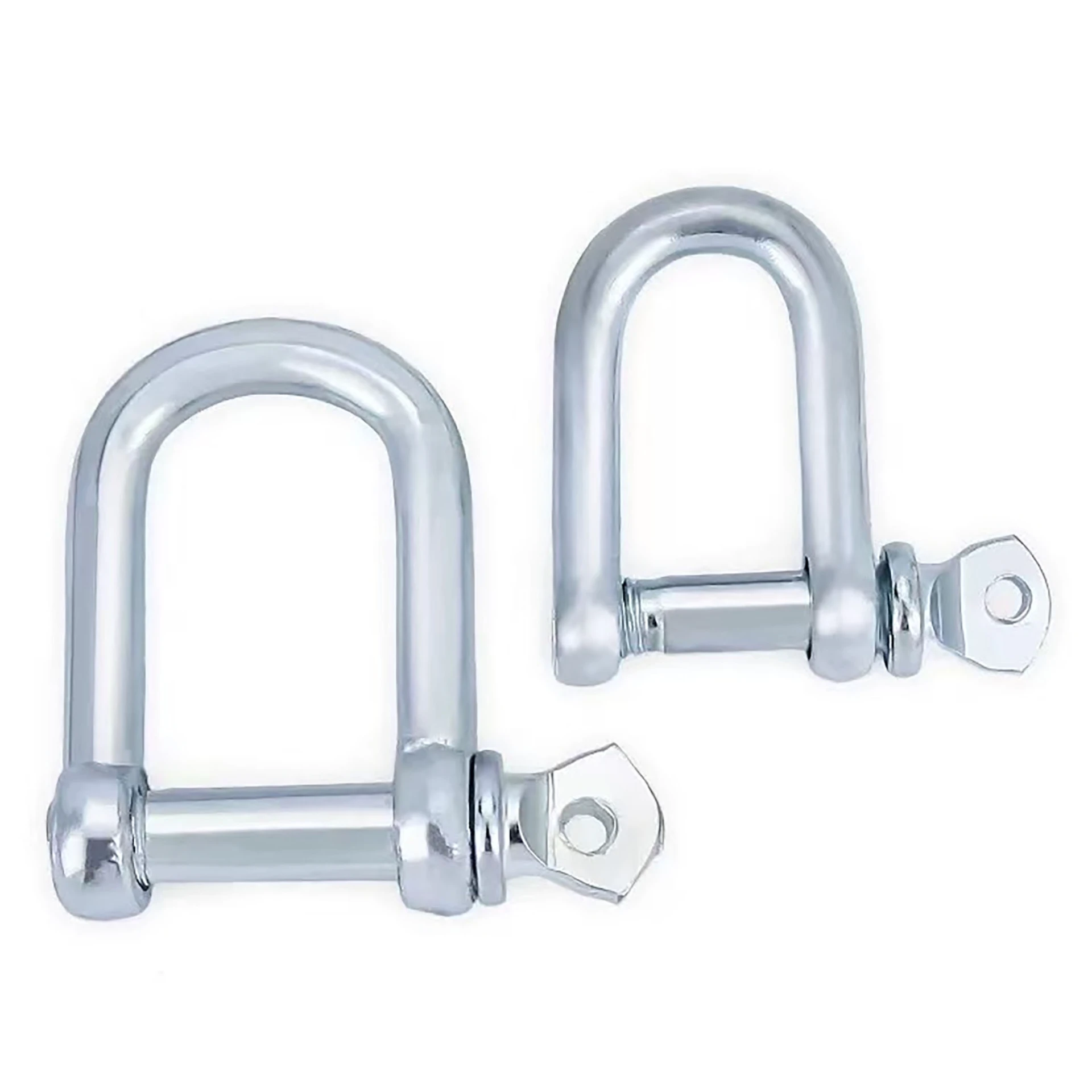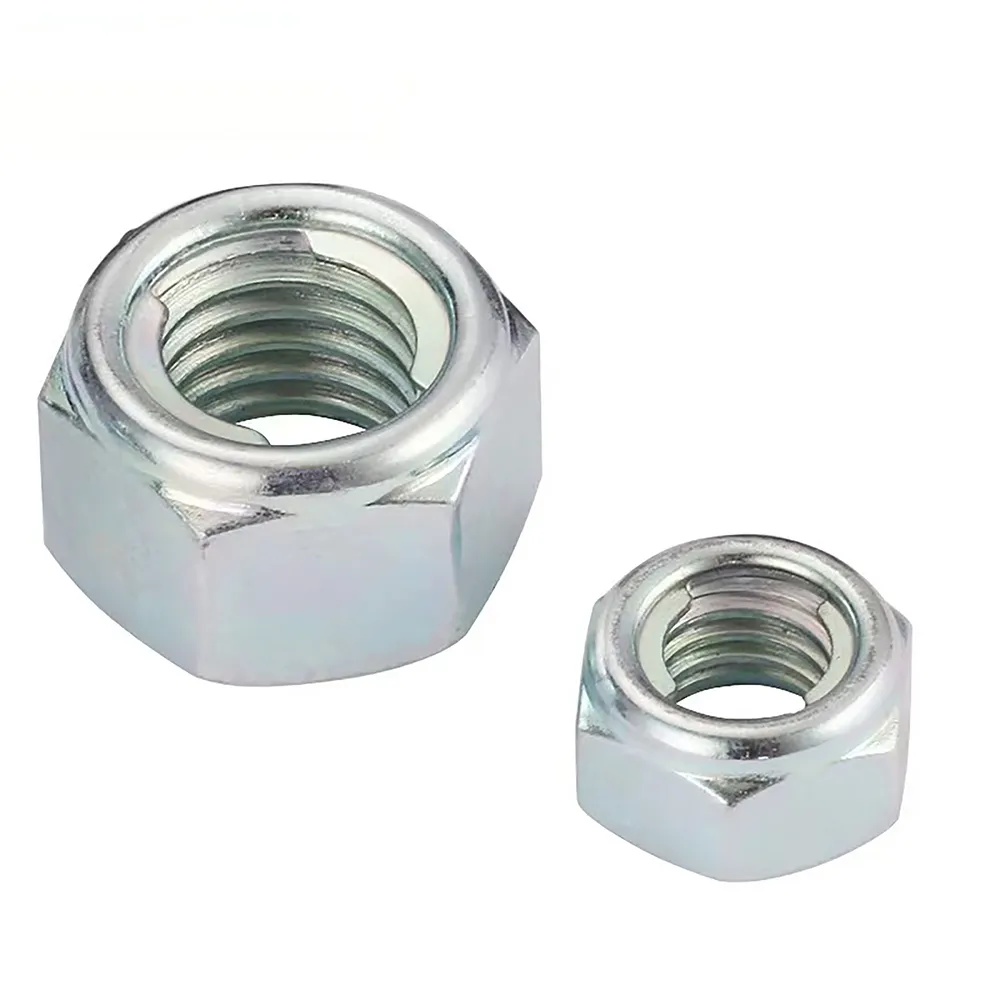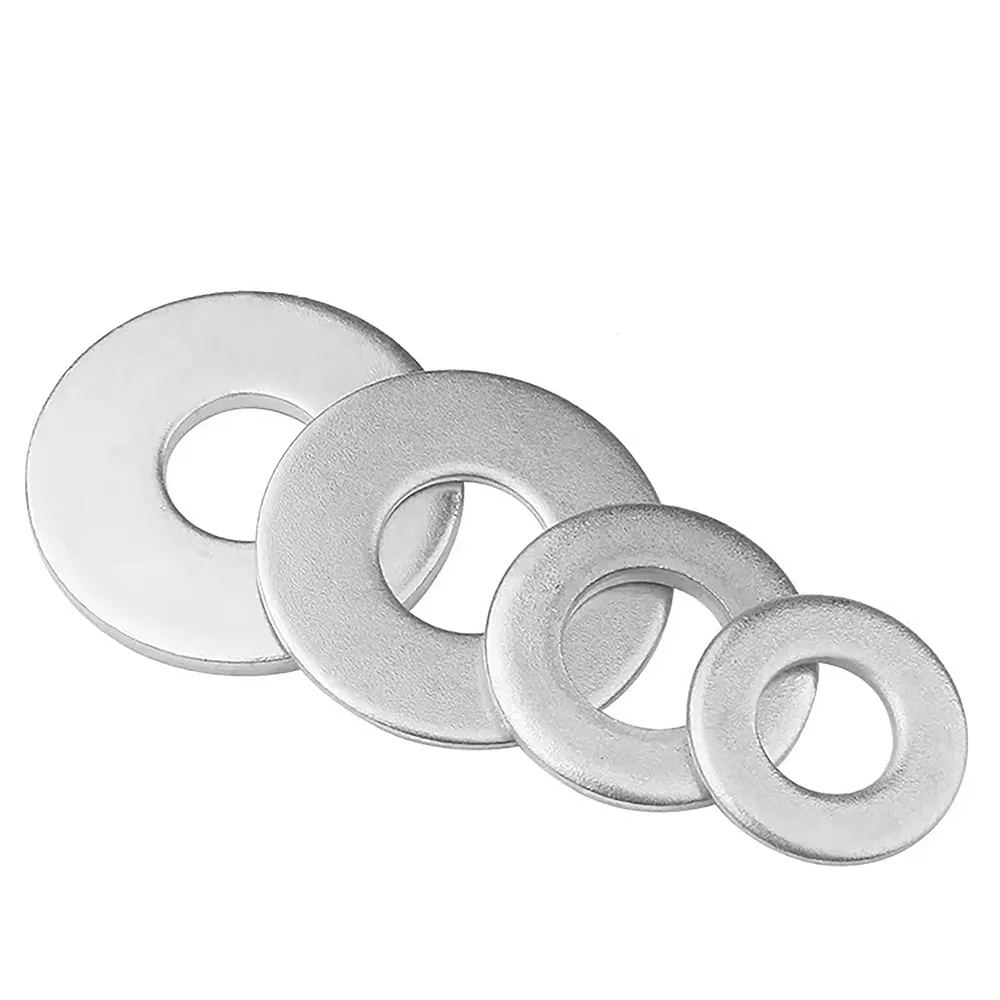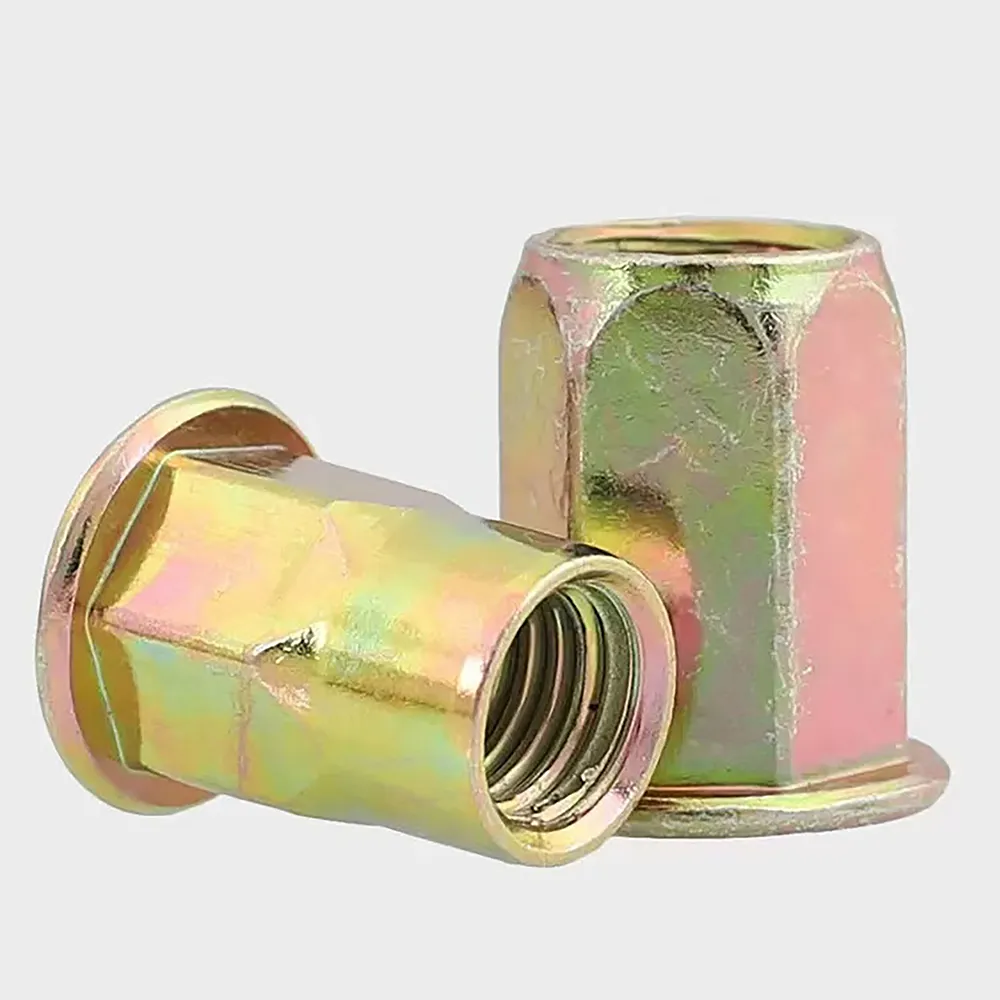Hex Socket Cap Screws – The Industrial Fastener Redefining Precision and Strength
What Makes Hex Socket Caps So Essential in Modern Industry?
If you’ve ever peeked inside a mechanical assembly or a piece of engineering equipment, you’ve likely noticed hex socket cap screws. They are those neat little cylindrical-headed fasteners with a hexagonal recess, often the unsung heroes holding everything together securely and reliably. But why do they matter so much — globally, across industries? The answer is both surprisingly simple and deeply practical: these fasteners deliver strength and precision wherever reliability counts. Understanding their use and benefits isn’t just for engineers; it’s crucial for anyone involved in manufacturing, construction, or maintenance worldwide.
Globally, hex socket caps support everything from delicate aerospace components to rugged infrastructure. The International Organization for Standardization (ISO) even maintains detailed standards ensuring their quality and interoperability across supply chains. Think about the surprising scale: fasteners like these represent a market worth billions annually, powering industrial development and innovation worldwide.
Mini Takeaway: Hex socket cap screws may be tiny, but their impact on engineering quality and safety spans the entire globe.
Hex Socket Cap: An Overview and Its Global Significance
At its core, a hex socket cap is a type of fastener characterized by a cylindrical head and a hexagonal drive recess designed for Allen wrench or hex key operation. This design provides high torque transmission with a compact footprint, making it highly versatile. According to ISO standard 4762, these fasteners are made to exacting specifications so that industry sectors worldwide rely on them for assembly precision.
From an industrial perspective, the hex socket cap addresses a challenge often overlooked: how to firmly join metal components while minimizing space and preventing slippage during assembly or maintenance. For example, the aerospace industry demands fasteners that can handle vibration and temperature extremes without loosening — a perfect job for these caps.
Interestingly, humanitarian and construction projects also benefit. In disaster-relief operations, modular shelters are often assembled using hex socket screws because rapid assembly combined with durable fastening is crucial for saving lives and resources.
Core Features of Hex Socket Caps That Matter
1. Durability and Strength
Manufactured from high-grade steel alloys or stainless steel variants, these caps offer excellent tensile strength and resistance to corrosion. The strength factor ensures machines or structures stay intact under stress, which essentially reduces downtime and repair costs — a big deal for manufacturing lines running 24/7 worldwide.
2. Space Efficiency and Design Elegance
Thanks to their recessed drive head, they require less surface clearance compared to traditional hex bolts. This means engineers can design tighter assemblies, saving material and weight — factors extremely relevant in sectors like automotive and aerospace.
3. Precise Torque Control
The hex recess allows for solid wrench grip, meaning torque can be applied more evenly. This precision minimizes stripping or damage during installation and is critical for equipment where joint integrity is non-negotiable.
4. Cost Effectiveness Over Lifecycle
While the upfront cost might be slightly higher than standard fasteners, the long lifespan and lower maintenance need make them highly cost-efficient. Think about the reduced risk of product failures or re-assembly, and suddenly the price suits long-term budgets.
Mini Takeaway:
Hex socket cap screws combine strength, compactness, and control — a combination that’s revolutionizing fastener utility across fields.
Applications of Hex Socket Caps Around the World
- Automotive Industry: Used extensively in engine components and chassis assemblies where vibration resistance matters.
- Construction and Infrastructure: Bridges and buildings often rely on these screws in steel frameworks for their reliable load-bearing characteristics.
- Electronics Manufacturing: Their small size and torque control make them ideal for delicate assemblies like computer hardware.
- Renewable Energy: Wind turbine assemblies and solar panel mounts require fasteners that cope with outdoor elements and mechanical stresses.
- Humanitarian Projects: NGOs utilize modular housing that depends on these screws for quick and secure assembly — essential in post-disaster relief.
Regions like Europe and East Asia lead in producing and consuming these fasteners, while developing economies increasingly adopt them for industrialization and infrastructure upgrades.
Advantages Beyond the Mechanical — Why Hex Socket Caps Offer Long-Term Value
On paper, a screw is just a screw, right? Not quite. Hex socket cap screws bring a portfolio of benefits:
- Reliability: Reduced risk of loosening means fewer failures.
- Sustainability: Longevity reduces waste and downtime, aligning well with global environmental goals.
- Safety: Enhanced assembly stability translates to safer products and workplaces.
- Innovation Friendly: Their clean, compact design allows for more creative engineering — saving space and weight.
Some engineers I’ve spoken with emphasize the trust factor — knowing that your fastener won’t give up unexpectedly is a quiet reassurance manufacturers appreciate deeply. And frankly, who doesn’t prefer that peace of mind?
Looking Ahead: Emerging Trends and Innovation with Hex Socket Caps
The fastener market isn’t static. Innovation is heading toward materials like titanium alloys and coatings that resist harsh environments even better. Digital tools now allow for automated torque monitoring, improving quality control. A few noteworthy trends include:
- Green Manufacturing: Use of recycled materials and eco-friendly coatings.
- Smart Fasteners: Integrated sensors that detect loosening or stress.
- Robotics-driven Assembly: Hex socket caps suited for automated tool interfaces for rapid and precise installation.
Given the increasing demands on infrastructure and equipment in a rapidly evolving industrial landscape, hex socket caps are becoming smarter and stronger, aligning well with the rise of Industry 4.0.
Common Challenges & How Industry Overcomes Them
Despite their popularity, hex socket cap screws pose challenges. For instance, recessed hex heads may collect dirt or debris, impairing tool fit. Specialized tooling is often required, and in some cases, over-tightening can strip the hex recess.
Solutions being adopted include:
- Improved tool design with anti-slip coatings for better grip
- Use of thread-locking compounds to reduce loosening without needing excessive torque
- Customized head shapes for specific applications reducing contamination issues
Overall, the trade-offs are manageable, and ongoing R&D continues to improve user experience and product reliability.
Technical Specifications of a Typical Hex Socket Cap
| Specification | Details |
|---|---|
| Material | Alloy Steel (Grade 12.9), Stainless Steel (A2, A4) |
| Drive Type | Internal Hexagon (Allen) |
| Head Style | Cylindrical with Flat Top |
| Thread Type | Metric Fine or Coarse Thread |
| Surface Finish | Black Oxide, Zinc Plated, Passivated |
| Size Range | M3 to M20 Diameter |
| Compliance | ISO 4762, DIN 912 |
Vendor Comparison: Finding the Right Hex Socket Cap Provider
| Vendor | Material Quality | Certification | Customization Options | Global Shipping |
|---|---|---|---|---|
| FastenBoen Inc. | High-grade alloy & stainless steel | ISO 9001, RoHS | Thread, finish, size customization | Yes (worldwide) |
| BoltMaster Ltd. | Standard alloy steel | ISO 9001 | Limited sizes | Regional |
| SecureFasteners Co. | Stainless steel only | ISO 14001 | Batch customization | Global |
Hex Socket Cap FAQ: Real Questions From Industry and Users
Q1: What are the main advantages of hex socket caps over traditional hex bolts?
Hex socket cap screws provide a cleaner head design with a recessed hex drive allowing for a tighter assembly in limited spaces. They enable higher torque transmission, reduce the risk of cam-out during tightening, and are generally preferred in precision engineering due to their reliability.
Q2: Can hex socket caps be used in outdoor or marine environments?
Yes, especially when made from stainless steel grades like A4 or treated with appropriate coatings. These materials resist corrosion and maintain strength under harsh environmental conditions, making them suitable for marine, offshore, or outdoor construction.
Q3: How do I select the right size and grade of a hex socket cap for my project?
Consider the load requirements, environmental conditions, and assembly constraints. Sizes usually range from M3 to M20. For high-strength needs, Grade 12.9 alloy steel is typical, while stainless steel is ideal for corrosion resistance. Consulting ISO 4762 standards can help ensure correct specs.
Q4: Are hex socket caps reusable once installed?
Generally, yes. Provided they are not damaged or stripped during installation, these fasteners can be removed and reused. However, over-tightening or corrosion might impair reuse, so regular inspection is advisable.
Q5: How quickly can suppliers deliver customized hex socket caps for urgent projects?
Many leading vendors, including FastenBoen, offer fast turnaround times ranging from days to a few weeks depending on customization extent, quantities, and shipping locations. Prior consultation helps avoid delays in critical projects.
Wrapping Up: Why Hex Socket Caps Are the Silent Backbone of Engineering
After reflecting a bit, it’s clear that hex socket cap screws might not get headlines, but their contribution to engineering excellence and safety worldwide is immense. They balance precision, strength, and efficiency in a way very few fasteners achieve — a kind of humble brilliance that keeps industries moving forward. Whether in aerospace, construction, or humanitarian response, these fasteners are indispensable, embodying craftsmanship and reliability that engineers trust every day.
If you want to explore quality options and custom solutions for your hex socket cap needs, visiting reputable suppliers can open up a world of possibilities.
References:
Who We Are: The Right Fastener Partner for Global SMEs
Handan Boen Fastener Manufacturing Co., Ltd. (Est. 2010) specializes in producing standardized industrial fasteners, including bolts, nuts, washers, and other essential components. We provide cost-effective for small and medium-sized buyers in industries such as automotive parts, agricultural machinery, and construction.
